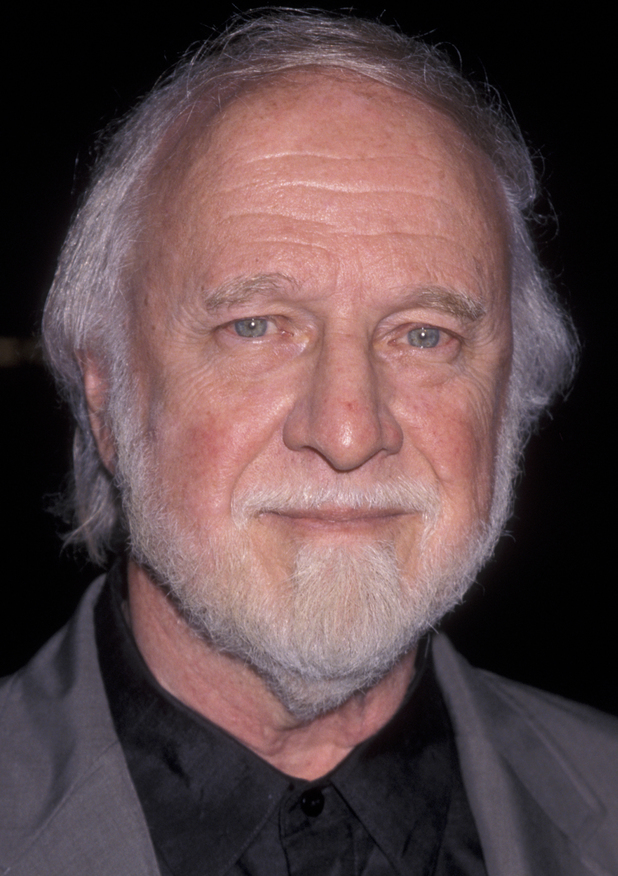


Empiricism is also instrumentalized as the means through which Neville “rediscovers his humanity” (47), which speaks to engendered divisions of labour: with rationalism, discipline, and commercial vocations being attributed to men while primacy, maternity, and homemaking are ascribed to women. Likewise, Ransom discusses how tasks of upkeep and interpersonality attributed in the absence of women are understood to effeminate soldiers such as Neville how desperation and isolation endanger the composure and strength ascribed to masculinity and make it liable to hysteria, exclusively considered symptomatic of femininity (46). The literary visuality of ravaged places and peoples also resonated with audiences whose fears were stoked by graphic orientalist and Cold War propaganda, in addition to the exponential casualties of wars abroad (42, 43). Notably, Ransom notes how Matheson’s protagonist-Neville-invokes the unnerved soldier whose recurrent nightmares of battle estrange him from the happier memories and disjoint prospects of happiness beyond (40).

Another critical consideration includes how the politics of militarism, nationalism, and fear culminated in the revelation of a masculinity no longer idealized, but compromised by a virulent horror at the hands of unknown albeit Othered adversaries (30, 33, 35). In addition to an introduction and conclusion, the book has four chapters.ĢThe first, “Richard Matheson’s I Am Legend: The Trauma of World War II and the Decline of the Western ‘Right’,” covers Matheson as a unique literary figure whose penchant for prose was influenced by science-fiction and Westerns, whereas fantastic creatures imbued his works with Gothic elements (20, 21) and how monumental I Am Legend was in cultivating the trope and subgenre of an apocalypse’s sole survivor pathologizing the inhumanity that afflicted victims of a nuclear fallout, unlike the narratives of seclusion, apocalypse, and disaster which preceded it (21).

Although taken from the I Am Legend film, the apocalypse is less thematic than peripheral in how Ransom incorporates race, masculinity, and positionality in her analyses of how the eponymous novel manages to be simultaneously timeless and emblematic of its historical moment through adaptation theory (5), star theory (6), queer theory (8), and critical race theory (10). Ransom’s I Am Legend as American Myth shows a lone man who trudges forth against a barren sky and a city whose former life is only evidenced by skeletons of concrete, whose death is manifest by the vampiric apparition that looms overhead to bare its fangs.


 0 kommentar(er)
0 kommentar(er)
